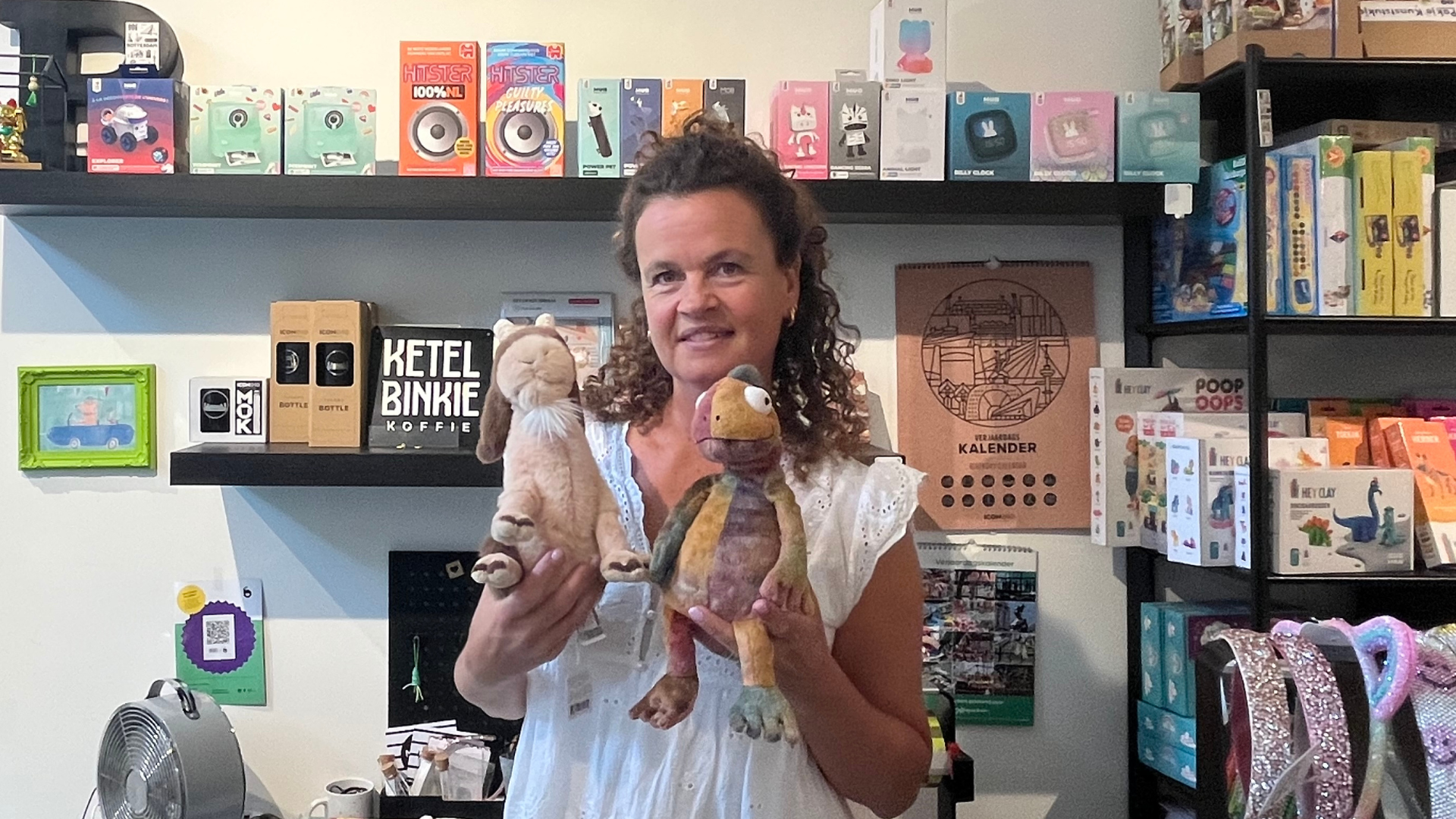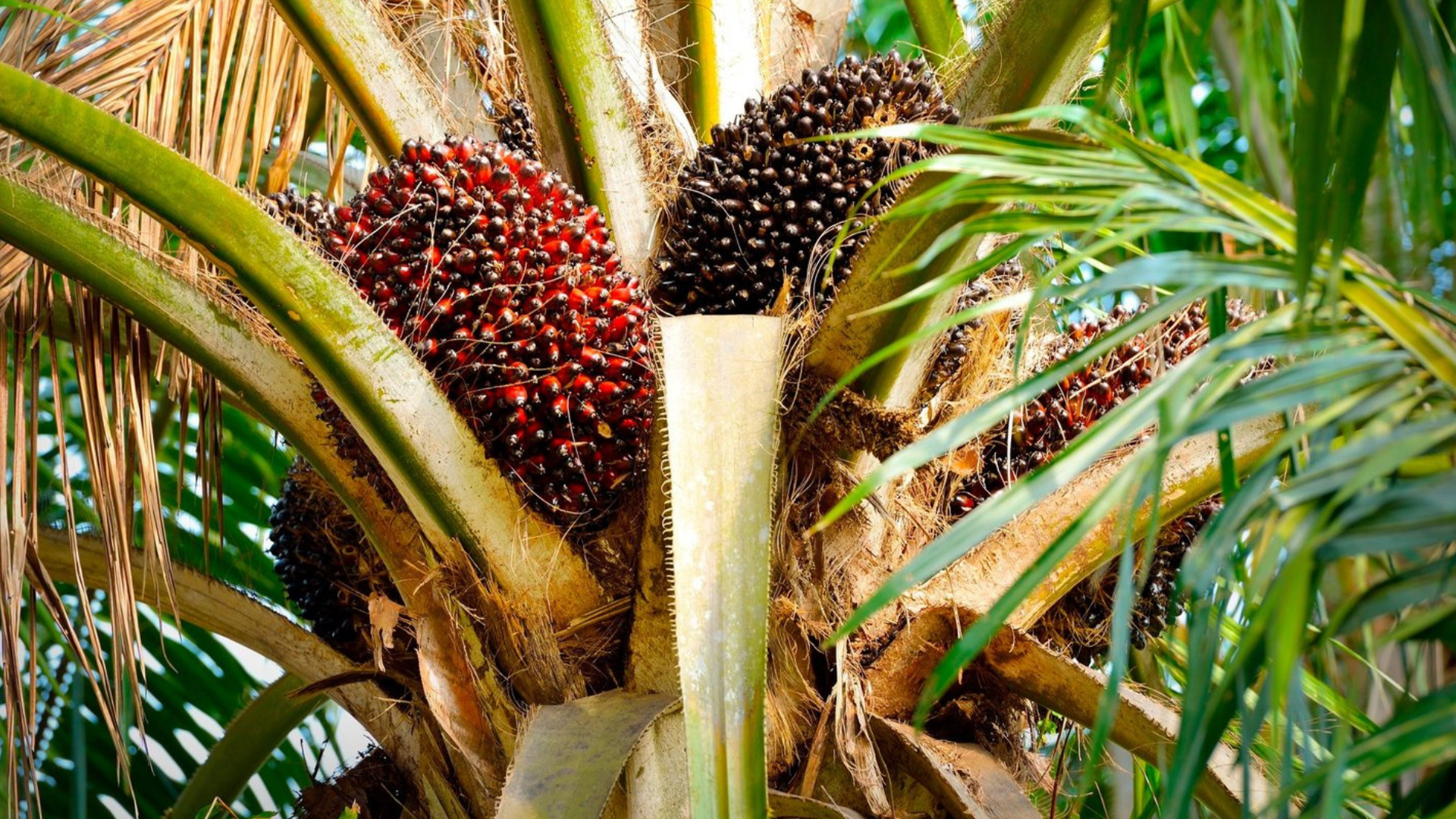In the Netherlands, about one and a half million mattresses are thrown away every year. To prevent unnecessary pollution of the environment, it is very important that these mattresses are recycled in the correct way. But how do you ensure that your old mattress ends up in the right place? You will read it in this article.
The average lifespan of a mattress is about 8 to 10 years. After that, it generally needs to be replaced. Since mattresses weigh about 20 kilos on average, they make up a large part of the household waste stream.
In the past, the majority of discarded mattresses ended up in the incinerator, with major negative consequences for the environment. Fortunately, there was RetourMatras: this company has invested heavily in their recycling capacity over the past few years. And not without result! Currently, about 75% of all discarded mattresses are recycled, which is good news for the planet.
Why should I recycle my mattress?
There are two main reasons why it is important to recycle old mattresses.
1. Valuable resources are lost
When a mattress is not recycled, valuable raw materials are lost. It is well known that humanity is depleting the natural resources in our ecosystem. That is why it is important that we work towards a circular future, in which we make optimal use of the resources that are at our disposal.
2. CO2 is being released during incineration
A second reason to recycle your old mattress is to avoid greenhouse gas emissions. When a single mattress is burned, about 48 kilos of CO2 are being released into the atmosphere. This means that we have to recycle old mattresses if we want to combat global warming.

How do I recycle my mattress?
There are several options for recycling your old mattress. For example, some suppliers pick them up for free (or for a small fee) while delivering a new one. Moreover, there are also some bed stores that collect the old mattresses of their customers. If you do not want to make use of the aforementioned options (for example, when you bought your new mattress second hand), you can always get rid of your old mattress by dropping it off at the recycling center of your municipality.
With all these options, you may be wondering why 1 in 4 mattresses are still not being recycled. Unfortunately, things often go wrong during the collection. As a result, many mattresses end up on the side of the road. Some people simply don’t want to put in the effort to drop off the mattress or to make a pick-up appointment. Moreover, disposing of a mattress costs money in some municipalities. In this case, it can also be tempting to dump your old mattress on the side of the road from a financial point of view.
This is problematic, because mattresses can no longer be recycled properly when they are dirty or wet. For this reason, Byewaste also collects old mattresses from people’s homes for free in Capelle aan den IJssel. This saves the residents of this municipality a lot of time and effort.

What happens to my old mattress?
When we pick up your old mattress (or when it is being collected via another route), it will be recycled by our partner RetourMatras.
1. The quality control
After arrival in the factory, the quality of the mattress will be assessed. It will be looked at whether the mattress is dry enough to be recycled. This is very important, as damp mattresses can start to heat up, causing a fire hazard. When the mattresses are wet, there is also a chance that they will begin to rot. In this case, the materials can no longer be reused.
2. Separating the materials
After the quality control, the recycling procedure begins. A mattress consists of no less than 20 recyclable materials. For example, a distinction is made between the springs, the fabric and the PUR foam. The individual materials are carefully separated from each other in the factory. For example, RetourMatras uses a metal detector to identify mattresses with and without springs.
3. Reusing the materials
The materials that were separated from each other during the previous step are eventually reused by producers in the textile, furniture and metal industries. These materials come in handy for the manufacturing of new products, such as insulation material, carpet underlay or sports floors.







.png)


